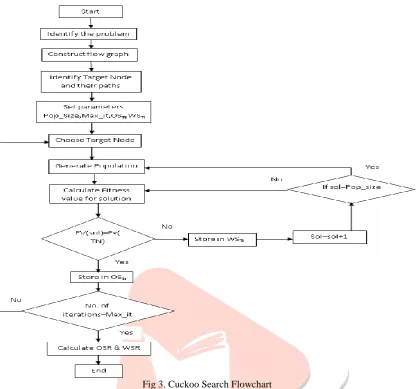A Survey Paper on Test Case Generation and Optimization: Cuckoo Search and Firefly Algorithm
Full text
Figure




Related documents
progress with the North Dakota MMIS -- to share with you an update on the changes we put into place last fall to improve our execution, to outline the progress on the development
For both SMTP and HTTP, does your product/solution provide configurable filtering capabilities based on MIME content type, file attachments' extension type, and are these
(4) A Viewpoint-aware Attentive Multi-view Inference (VAMI) model is proposed, adopting a viewpoint-aware attention model to select core regions at different viewpoints and
This chapter pre- sents the solutions and their application in predicting load displacement response, loading capacity of a pile in strain-softening soil, and safe cyclic
The incremental Gibbs sampler, outlined in Algorithm 3, does not have a batch initial- ization phase like o-LDA, but it does use Equation (2) to sample topic variables of new
Keywords: Bacterial identification, clinical microbiology laboratory, matrix-assisted laser desorption ionization time-of-flight mass spectrometry, review, routine samples..
These services include commercial and charter flights, lodging, rental cars, and local ground transportation for college athletic teams and individual travel for all the
The success of the campaign was measured by comparing engagement metrics such as average time per interaction of 42 seconds for the Dockers campaign compared with an average of